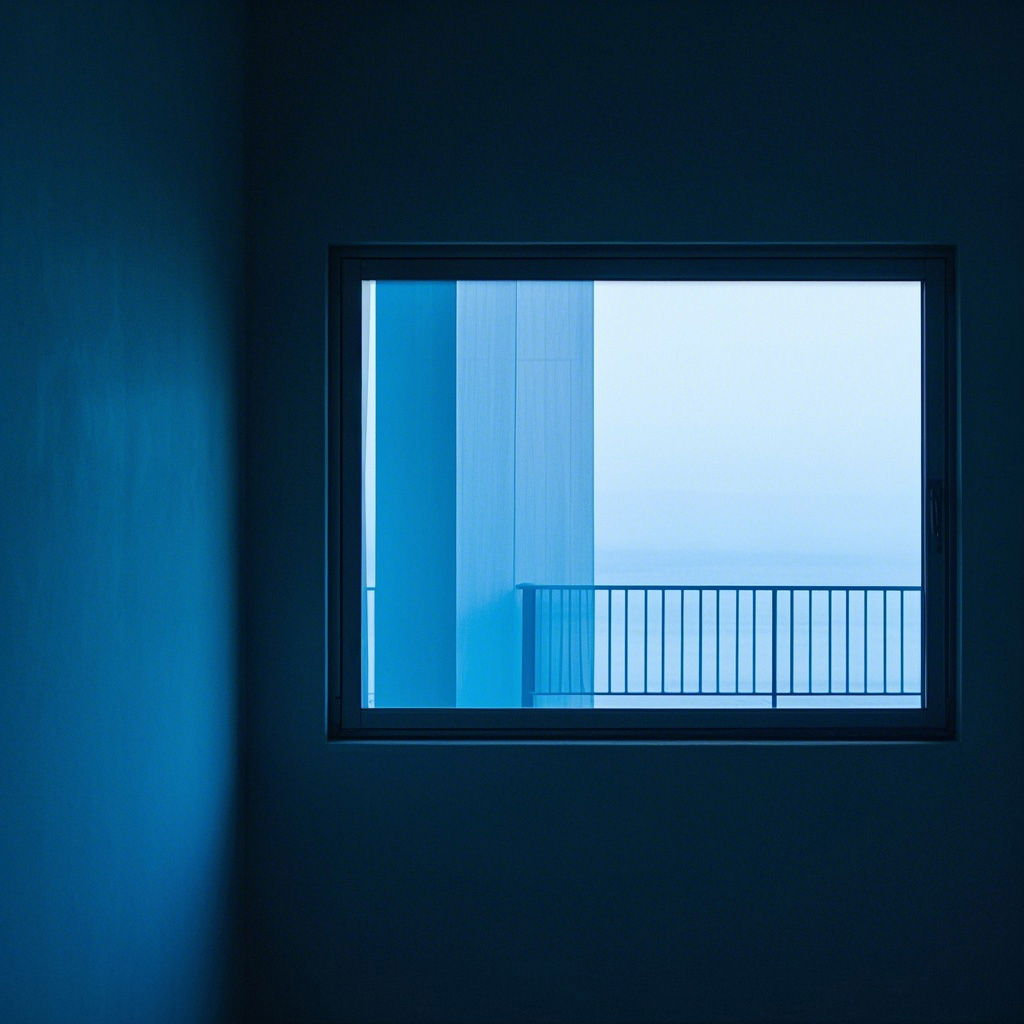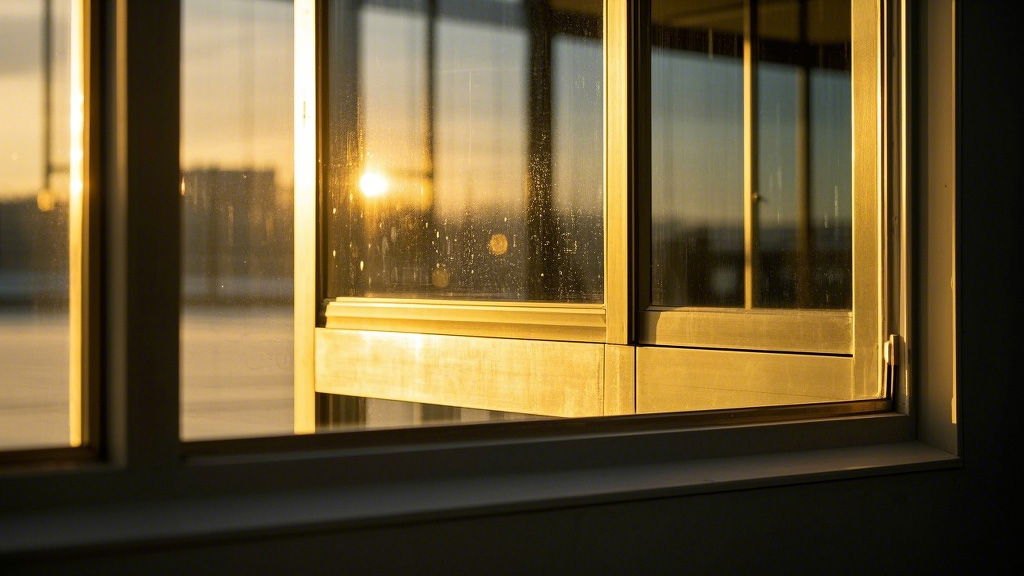The Ultimate Guide to Insulating Glass Windows

What Are Insulating Glass Windows?
Insulating Glass Windows consist of two or more glass panes separated by a spacer and sealed with an airtight gas-filled space in between. This design minimizes heat transfer, reduces condensation, and enhances overall energy efficiency.
Components of Insulating Glass Windows
1. Glass Panes: Typically made of low-emissivity (Low-E) glass for improved thermal performance.
2. Spacer Bar: Separates the glass panes and maintains uniform spacing, often made of aluminum or stainless steel.
3. Gas Fill: Argon, krypton, or other inert gases are used to improve insulation.
4. Sealants: Ensure airtightness and prevent moisture infiltration.
Advantages of Insulating Glass Windows
1. Energy Efficiency• Reduces heat loss in winter and keeps interiors cool in summer.• Helps lower energy bills by reducing heating and cooling costs.
2. Noise Reduction• The multiple layers of glass act as a sound barrier, making them ideal for urban areas and offices.
3. Condensation Control• Reduces the risk of fogging and moisture buildup on the glass surface.
4. UV Protection• Blocks harmful ultraviolet rays, preventing interior furnishings from fading.
5. Enhanced Security• Toughened or laminated glass options improve safety and resistance to break-ins.
Manufacturing Process of Insulating Glass Windows
1. Glass Cutting and Cleaning – Glass sheets are precisely cut and cleaned to remove any dust or debris.
2. Spacer Assembly – Spacers are filled with desiccants to absorb moisture and then placed between the glass panes.
3. Gas Filling – Inert gases like argon or krypton are injected to improve insulation.
4. Sealing and Pressing – The unit is sealed with durable adhesives to ensure airtightness.
5. Quality Inspection – The final product undergoes rigorous testing for thermal performance, airtightness, and durability.
Applications of Insulating Glass Windows
1. Residential Homes
• Used in modern homes to enhance energy efficiency and comfort.
2. Commercial Buildings
• Applied in offices, shopping malls, and hotels to reduce energy costs and improve indoor climate control.
3. Skylights and Facades
• Used in architectural designs to improve aesthetics and natural lighting.
4. Industrial Facilities
• Essential in temperature-sensitive environments such as laboratories and cold storage units.Market Trends and Future Outlook
• Growing Demand for Green Buildings: Increased focus on sustainable construction has boosted the adoption of energy-efficient windows.
• Advancements in Smart Glass Technology: Integration of switchable or electrochromic glass for enhanced comfort and automation.
• Regulatory Standards: Governments worldwide are implementing stricter energy efficiency regulations, encouraging the use of insulating glass windows.
Conclusion
Insulating Glass Windows are a game-changer in the construction industry, offering unparalleled energy efficiency, sound insulation, and durability. With ongoing technological advancements, these windows will continue to revolutionize modern architecture, providing sustainable and cost-effective solutions for buildings worldwide.Looking for high-quality Insulating Glass Windows? Contact us today to explore our range of energy-efficient glazing solutions!



